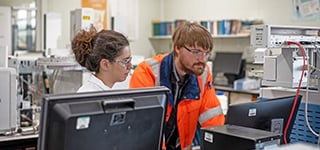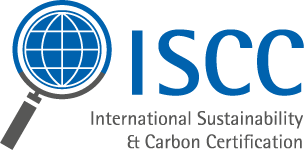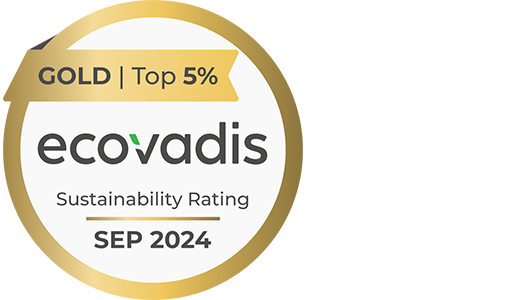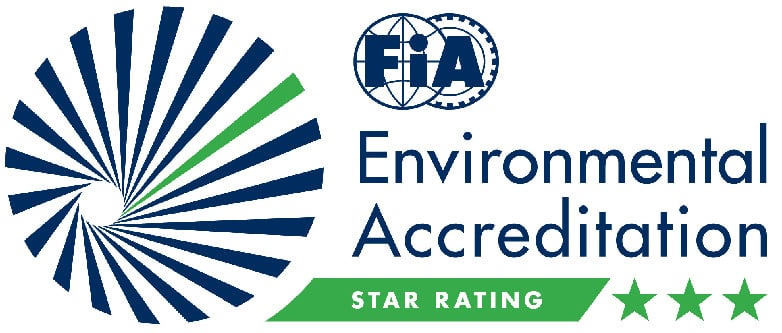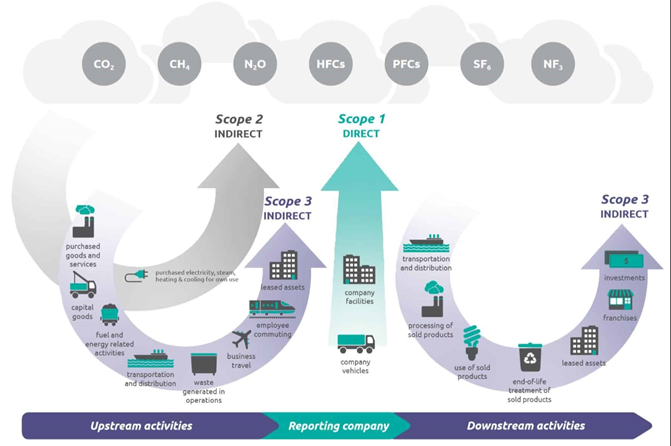
CO2(e) EMISSION
REDUCTION
TAKING ACTIONS TO REDUCE GREENHOUSE GAS EMISSIONS
Tackling climate change is one of the greatest challenges that the world faces today and will require the efforts of everyone to meet the targets set forth in the Paris Agreement of December 2015. Legislators, companies, and the general public alike have a responsibility to think innovatively and in a forward-looking way to significantly reduce man-made greenhouse gas emissions (GHG).
At Haltermann Carless we are committed to driving a sustainability mind-set throughout the company, encompassing products and processes alongside the promotion and adoption of new technologies. With our goal to become Net Zero in 2045 we have set out ambitious targets to reduce our CO2 emissions whilst continuing to create value and opportunity for our customers.
OUR LEVERS TO REDUCE GHG EMISSIONS
/plant_seeding_growing_iStock_2000x1000px_ohne_copyright-lovelyday_121094263056_1100x620px_201217.jpg?width=300&name=plant_seeding_growing_iStock_2000x1000px_ohne_copyright-lovelyday_121094263056_1100x620px_201217.jpg)
We use biogenic and renewable raw materials to offer our customers sustainable products and thus a substitute to fossil-based materials.
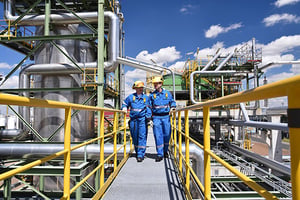
We invest in infrastructure, processes and digitalisation to enable the most efficient way of our operations.
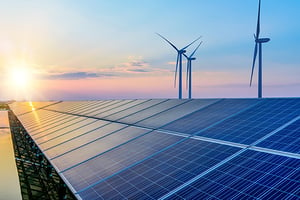
The electricity for our main production sites in Europe is generated from certified renewable sources.
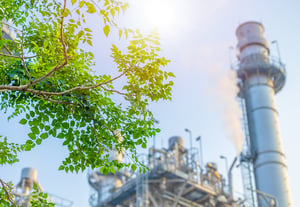
THIS IS HOW WE REDUCE
THE ENVIRONMENTAL IMPACT
WE ENABLE CUSTOMERS TO REDUCE THEIR GHG EMISSIONS
As a specialist in high-value hydrocarbons, Haltermann Carless is developing a broad range of product solutions which enable our customers to reduce their greenhouse gas (GHG) emissions. Based on biogenic and renewable components our sustainable products are ideally suited to replace current fossil products - and in many applications and cases without any amendment of existing processes, so called drop-in solutions. We offer products that can be 100% biogenic in origin, recycled or supplied via a mass balance approach .
We have strategic initiatives and targets in place to significantly increase our renewable portfolio over the coming years. In 2030 we target to generate 50% of our total gross profit from sustainable products. This will offer our customers a broad range of alternatives to fossil-based products and help to reduce GHG emissions across product life cycles.

WE REDUCE THE IMPACT OF OUR OPERATIONS
While we support our customers with sustainable solutions to reduce their carbon footprint, we are also committed to reducing the greenhouse gas (GHG) emissions from our own operations and our entire value chain. The most efficient way to reduce emissions is to use less energy at our sites and therefore this is a focal point of our efforts.
According to the leading GHG Protocol corporate standard, greenhouse gas emissions are classified into three scopes. At Haltermann Carless we have set time bound targets for the reduction of our Scope 1 & 2 emissions and have put a plan in place to measure and then ultimately reduce our Scope 3 emissions.
LEARN MORE ABOUT SCOPE 1, 2, 3 →
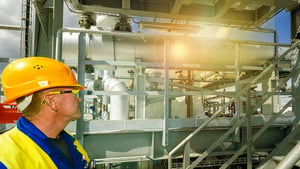
OUR ACHIEVEMENTS TODAY
| Data gathering systems put in place to collect accurate data enabling a baseline to be set. | |
| Data gathering methodology harmonised for all production and administration sites. | |
| Performance Indicators established to track progress against targets set. | |
|
Several active measures taken to reduce GHG emissions. |

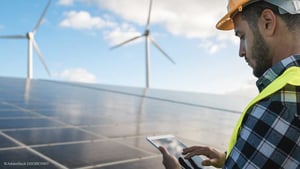
ELECTRICITY FROM RENEWABLE ENERGIES
ELECTRICITY FROM RENEWABLE ENERGIES
In 2021 we have moved all our production sites in Germany and the UK to certified electricity provided from renewable sources. This energy transition reduces our Scope 2 carbon emissions (CO2) at the sites to near zero saving around 8,000mt of emissions per year and marks a significant step in our ambition to progressively de-fossilise our operations.

ENHANCE ENERGY EFFICIENCY ACROSS SITES
ENHANCE ENERGY EFFICIENCY ACROSS SITES
At all production sites, we have established Energy Management teams. They are responsible for developing action plans to reduce heat loss and improve heat retention and recovery across the site – for example by installing improved insulation or heat pumps.
Projects are managed and monitored under our internal improvement programmes such as Total Productive Management (TPM) or Fit4Success.
/040322Haltermannkl_076_2000x1000px.jpg?width=300&name=040322Haltermannkl_076_2000x1000px.jpg)
POWERING OUR PRODUCTION SITES
POWERING OUR PRODUCTION SITES
We are currently evaluating alternative energy sources for our business operations and are looking at various options such as lower-emission biofuels, biogas, on-site solar and wind energy or hydrogen. Investigations for medium-term implementation are underway.
GREENHOUSE GAS (GHS) EMISSIONS — SCOPE 1, 2, 3
Scope 1, 2 and 3 is a way of categorising the direct and indirect carbon emissions that a company generates as part of the process of creating goods and services. This includes the emissions directly created by burning fossil fuels at production sites (Scope 1), using third party supplied energy such as electricity (Scope 2) and all areas of upstream and downstream supply chains (Scope 3). This methodology and accounting process is clearly explained in the Greenhouse Gas (GHG) Protocol documentation and procedures that form the basis of the majority of acceptable methods of carbon accounting.
Scope 1 emissions:
This category covers the greenhouse gas (GHG) emissions that a corporation releases directly into the atmosphere as a result of energy generated on it’s own sites — for example natural gas burnt in it’s boilers for heat production.
Scope 2 emissions:This category covers emissions produced upstream by a third party as a result of providing energy to a downstream user. The most obvious example of this category of emission is the carbon produced during the process of creating electricity e.g. by burning natural gas in power plant supplying the National grid. These are indirect emissions.
Scope 3 emissions:This category covers all of the indirect emissions across the companies whole value chain and not covered within scope 1 & 2. Typically this category accounts for the largest percentage of a companies’ carbon footprint and covers 15 categories documented in the GHG Protocol including areas as logistics, raw material emissions, business travel and employee commuting.
/globe_iStock-473558826_2500x500px_210316.jpg?width=300&name=globe_iStock-473558826_2500x500px_210316.jpg)





